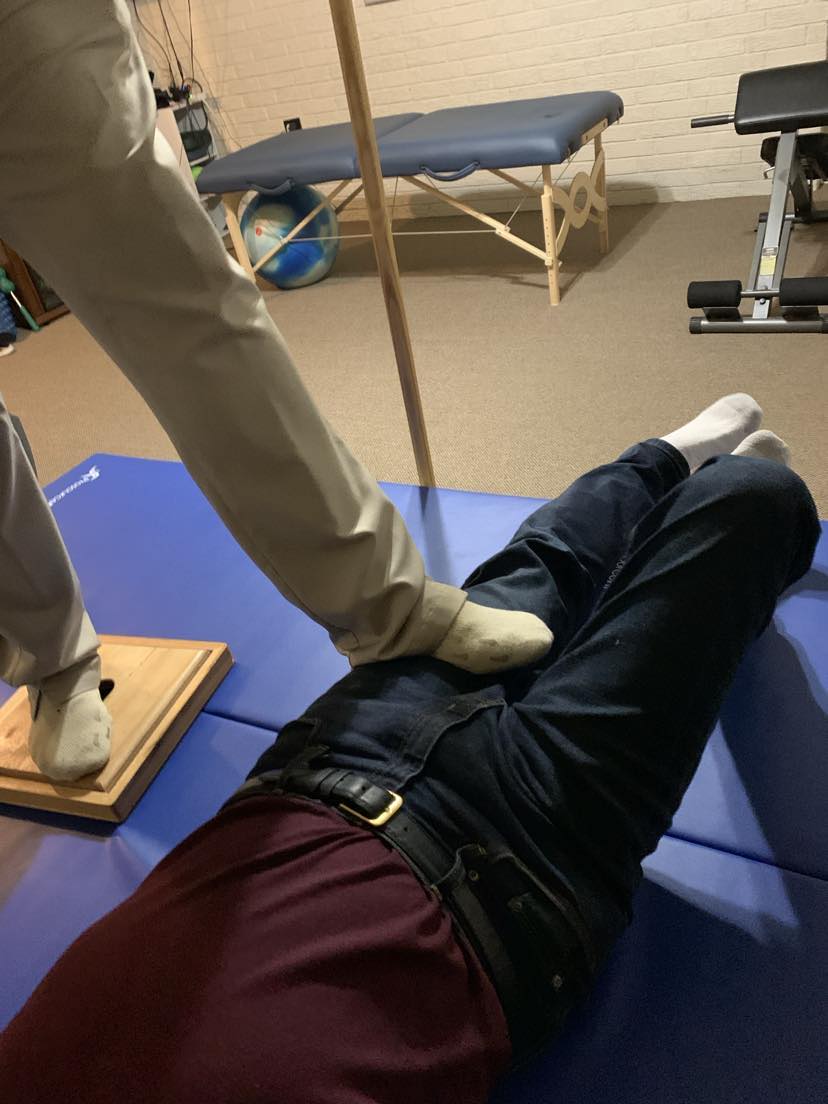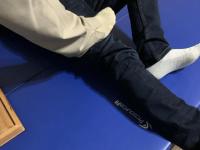March 10, 2024
You may be wondering why you feel back pain if you have tight quadriceps. Chances are, a couple of things are going on: Your tight quadriceps muscles are tilting your pelvis forward and your weakened hamstring muscles are putting pressure on your back. Quadriceps muscles are a group of four muscles that cover the front and sides of your thighs. They provide the force you need to run, walk, jump, kick, and complete most lower-body movements. The main function of the quadriceps is to keep your knee stable and help you straighten it. When your quadriceps muscles get tight, they can create a chronic posture problem for you.Two forces may be at play. They may even be happening at the same time:
- Tight quads can lead to lower back pain because they pull the pelvis down.
- Tight quads naturally lead to weak hamstring muscles. These are the quads' opposing muscles, located at the back of your thigh. Stress and pressure on the hamstrings can cause back pain.
Both scenarios can affect your pelvic alignment. If your alignment is off, your posture may suffer and the pain may increase. When the quads (and especially the rectus femoris) get really tight, they pull on the hip bone. The pelvis tips downward, or forward. (Technically, this position is called the anterior tilt of the pelvis.) When your quads are too tight, and the pelvis is pulled down in front, there is a corresponding lift up in the back. And this can hurt. If you sit a lot at home or work, you can probably feel your "sitting bones." These small bones need hamstring muscles to stay attached to your hip. Generally, good posture (and good hamstring tone) helps pull down your pelvis in the back. This is a good thing because it helps keep your pelvis in a comfortable position.
Tight quads set off a "chain reaction" in your body as the pelvis moves down in front and up in the back while the hamstring stretches. The reaction? Pain, and often lots of it.If you don't strengthen your hamstrings and stretch your quads, the hamstrings may lose their ability to support your ideal pelvic and spinal positions. If you have this problem, we can help you with using Rossiter stretching and Myoskeletal Alignment techniques.
Since the source of chronic pain for many arises from very common imbalances and dysfunctional patterns in the musculoskeletal system, most chronic pain can be relieved with a combination of skilled manual therapy and effective stretching. This approach brings more effective natural pain relief than with traditional massage techniques alone.
Rossiter stretching is powerful two-person stretching techniques that boost performance, expand range of motion and deliver quick, powerful pain relief from head to toe. It targets your body’s connective tissue, which tightens and shortens from age, overuse and injury. Rossiter stretching workouts loosen tissue and give it back the “space” it needs to work freely, without symptoms, pain or tightness.
Myoskeletal alignment technique is a holistic approach to pain management based on deep tissue massage,joint stretching, and nerve mobilization to restore balance to the body and eliminate pain. 
What Myoskeletal Therapy and Rossiter stretching can do for you:
- Relieves chronic pain contributing to weak posture
- Releases trapped nerves from tight muscles, joints and ligaments
- Corrects atrophy, weakness and muscle amnesia in head-forward postures
- Addresses breathing disorders caused by a drooping ribcage
- Lessens pain sensitivity through graded exposure assisted stretching
- Eliminates protective muscle guarding due to joint dysfunction
- Improves sleep by lowering sympathetic nervous system tone
- Creates dynamic, confident posture with innovative restorative techniques
- Corrects sports-related tendon and joint injuries
- Enhances athletic performance through hands-on proprioceptive training
- Changes the brain’s mind about pain through targeted exercise advice
- Prevents chronic neck and back pain due to tension, trauma & weak posture

